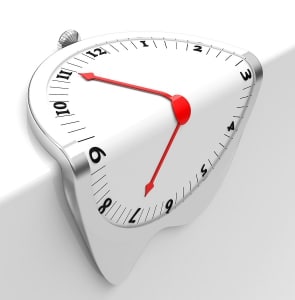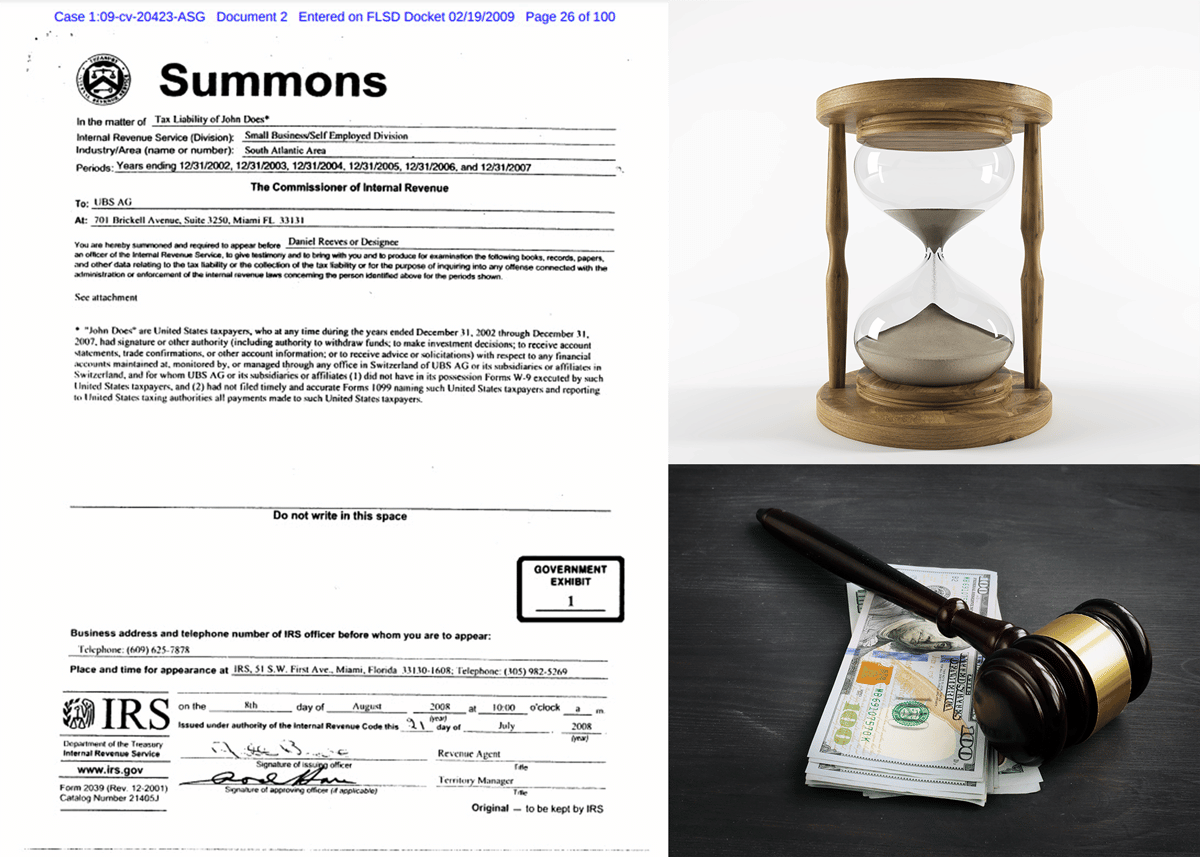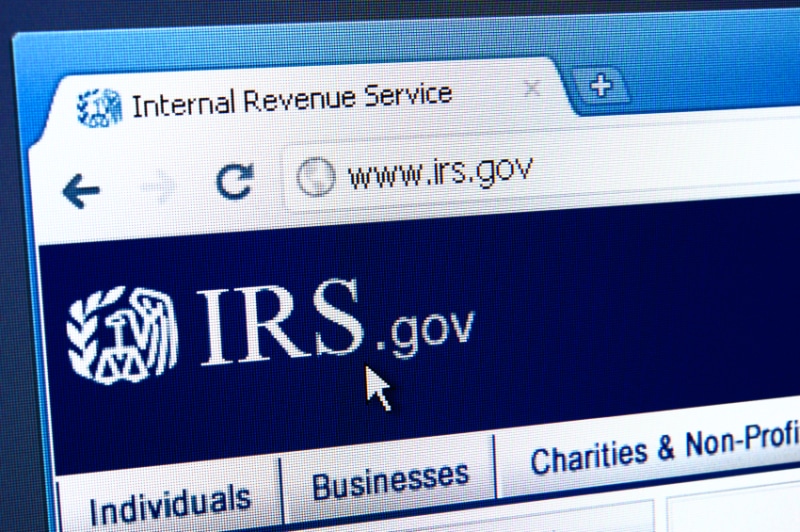Counting Travel Time for Real Estate Professional Test? Leyh v. Commissioner
Overview
In Leyh v. Commissioner[1], the Tax Court held that the taxpayer’s time incurred while traveling from her home to rental properties to perform a variety of tasks with respect to 12 rental activities counted towards the test of whether the taxpayer was a real estate professional.[2] As a result, the taxpayer was considered a real estate professional, which excepted her rental activities from the per se passive activity treatment for rental activities of non-real estate professionals.[3]
Give the relatively small number of cases on whether travel time can be counted for real estate professional test, Leyh is a favorable case for taxpayers and it provides some guidance on how taxpayers may be able to withstand similar IRS challenges.[4]
Facts:
Taxpayer’s Real Estate Related Activities
The taxpayer owned and operated 12 rental properties (eleven single family residences and one condominium). She performed some of the repairs and most of the maintenance on the properties. Additionally, the taxpayer handled the rental activity, including advertising for, interviewing, and vetting of potential tenants. The taxpayer also did all of the paperwork, bookkeeping, and research for potential properties to purchase. In addition, the taxpayer performed research for potential acquisitions of additional properties.
The taxpayer lived 26 to 30 miles from the rental properties, which took about 42 to 55 minutes to drive.
Taxpayer’s Log and Revised Log
The taxpayer spent more than one-half of her time in the rental real estate activity, which the IRS did not dispute. In order to track her time, the taxpayer kept a travel log that detailed the dates, types of activity, and number of hours that petitioner spent in the activity. The original log accounted for 632.5 hours spent in the real estate activity. However, the taxpayer’s original log submitted to the IRS auditor did not include the number of hours spent traveling from petitioners’ residence to the rental properties.
The taxpayer revised and resubmitted the log to reflect the hours spent traveling to the properties. With the additional travel time, the taxpayer’s log exceeded 846 hours.
The revised log with inclusion of the travel time to and from the rental properties totaled more than the threshold time required for being treated as real estate professional. Thus, the taxpayer argued that she qualified as a real estate professional and that her rental losses escaped the per se passive treatment for rental activities of non-real estate professionals.
Law:
The passive activity rules of section 469 prevent taxpayers from using passive losses to offset non-passive income. Generally, an activity involving the conduct of a trade or business in which the taxpayer does not materially participate will be considered passive as to the taxpayer. As a result, the determination of whether a loss is considered passive generally turns on whether a taxpayer materially participates in the activity.
Three of the seven tests for material participation require that the taxpayer participate in the activity for more than a certain number of hours.[5] If the taxpayer participates for than the requisite number hours, then the taxpayer is considered to materially participate.
Regardless of the general material participation tests, an individual taxpayer’s rental activities are treated as passive losses.[6] A taxpayer’s real estate losses generally only escape passive activity treatment if the taxpayer is treated as a real estate professional.[7] If a taxpayer meets the real estate professional test, she must still materially participate in each specific activity for the activity to be treated as non-passive.
Generally, in order to be considered a real estate professional, (i) more than one-half of the personal services performed by the taxpayer in trades or businesses are performed in the real property trades or businesses in which the taxpayer materially participates; and (ii) perform more than 750 hours of services during the tax year in the real property trades or businesses in which the taxpayer materially participates.[8] This test is applied on a year-by-year basis.
If the IRS challenges a taxpayer’s position on audit, then the taxpayer bears the difficult burden of proving that she has expended enough time in qualifying activities.[9]
What time qualifies
For purposes of the material participation test, Treas. Reg. § 1.469-5(f) states:
Except as otherwise provided in this paragraph (f), any work done by an individual (without regard to the capacity in which the individual does the work) in connection with an activity in which the individual owns an interest at the time the work is done shall be treated for purposes of this section as participation of the individual in the activity.
Section 469 and the related regulations do not provide any specific guidance on what time can be counted for purposes of the material participation test. However, the regulations provide a couple subsets of time that does not count towards material participation.[10]
Similarly, the time element of the real estate professional test provides that the taxpayer must “perform[] more than 750 hours of services.”[11] However, the regulation providing more detail regarding the real estate professional test does not elaborate on what constitutes an hour of service.[12] The regulation merely defines “personal service” as “any work performed by an individual in connection with a trade or business.”[13]
Taxpayers have had some success in Tax Court defending their positions that travel time has been includible in the determination of whether the taxpayer met either the material participation or real estate professional test.[14]
The Holding in Leyh
In the recent case of Leyh v. Commissioner, the Tax Court allowed the taxpayer to include time traveling between his home and his rental properties. Given the ambiguous standard as to what time is included, the Leyh case is taxpayer friendly.
First, the Tax Court allowed the taxpayer to submit a revised log that included travel time. Second, the Tax Court allowed the travel time to be counted towards the time element of the real estate professional test. Had the Tax Court held otherwise, the taxpayer would not have qualified as a real estate professional and his losses would have been subject to the passive activity loss limitations.
The Tax Court seemed to allow greater reliance on travel time since the taxpayer’s did keep “a contemporaneous log and accurately recorded her rental real estate activity for each day she engaged in the activity.”[15]
Not All Taxpayers are So Fortunate
In the IRS Passive Activity Loss ATG – Chapter 4, Material Participation, the IRS states:
Travel Time generally should not be considered in computing the hourly tests for material participation, particularly if other factors indicate the taxpayer is not participating in the activity on a regular, continuous and substantial basis. [9] Legislative history provides that “services must be integral to operations”. It is somewhat difficult to construe that travel constitutes “services” or “participation” as contemplated by Congress or the Regulations. More importantly, travel is not integral to operations in most cases.
In footnote 9 of the ATG, the IRS acknowledges that they “have no express statutory guidance on travel,” but they cite Thomas E. Truskowsky, T.C. Summary Opinion 2003-130, as guidance on travel time.
In Truskowsky, the taxpayer argued that he materially participated in a cattle breeding activity. The taxpayer included a significant numbers of travel time to arguably meet several of the material participation tests. However, the successfully IRS challenged the taxpayer’s inclusion of travel time to and from his personal residence. Many of the taxpayer’s trips to the cattle ranch also included an additional personal destination, such as a family member’s home. As a result, the Tax Court concluded that much of the taxpayer’s travel time did not constitute “work” for purposes of the material participation test. The Tax Court concluded that many of the taxpayer’s travel time constituted “commuting” time between the taxpayer’s home the taxpayer’s mother’s home. The Tax Court noted that “commuting” is “an inherently personal activity and as such does not constitute ‘work’ in connection with a trade or business.”[16]
In addition to Truskowsky, the IRS has successfully challenged the inclusion of travel time in a number of cases.[17]
A closer review of these cases reveals that each taxpayer undertook the travel not solely for business purposes, but also to reach an inherently personal destination (i.e., to visit family, reach a vacation destination, etc.). To the extent the travel also includes a personal purpose, the Tax Court is generally skeptical of counting the time towards the material participation tests or real estate professional test. Nevertheless, there is no bright-line test for taxpayers to rely on and each taxpayer should understand the risk of including travel time in determination of whether they materially participate in an activity or meet the real estate professional test.
Conclusion
Leyh provides some support for the argument that travel time undertaken solely for purposes of participating in a business activity may be included in determining whether a taxpayer meets the real estate professional test. However, this type of time will likely be challenged given the IRS’ position that travel time should not count towards the material participation test.[18]
Although the records need not be contemporaneous, keeping a contemporaneous log appears to have more credibility in the eyes of the IRS and the Tax Court. In any event, travel summaries should be corroborated by other documentation to increase the probability that the summary will survive inspection and challenge by the IRS.
Thus, taxpayers are advised to keep contemporaneous detailed records and keep track of other means of substantiating their travel logs/summaries. Without such records, a taxpayer runs the risk of having his activities challenged as non-passive activities.
Notes:
[1] Leyh v. Commissioner, T.C. Summary Opinion 2015-27 (April 13, 2015).
[3] I.R.C. § 469(c)(2).
[4] Note that the Leyh case is not “precedential” under Tax Court rules, but the case is helpful nonetheless. See the “Un-Precedented Tax Court” by Andy Grewal for a detailed discussion of the weight, if any, of Tax Court memorandum and summary opinions.
[5] See Treas. Reg. § 1.469-5T(a)(1)(requiring 500 hours of participation); -5T(a)(3))(requiring 100 hours of participation in combination with a showing that the taxpayer’s participation constituted substantially all of the participation in the activity (including non-owners)); -5T(a)(4)(significant participation plus aggregate of more than 500 hours of participation in activities in which the taxpayer significantly participates).
[6] I.R.C. § 467(c)(2). However, note that regulations treat activities with an average rental period of 7 days or less as businesses, not rentals. See Treas. Reg. § 1.469-1T(e)(3)(ii)(A). Thus many condos, vacation cottages, time-shares, hotels, motels, and bed and breakfasts are excluded from the per se passive activity treatment for rental activity. Instead these activities are treated as businesses can be excluded from “rental activity” for purposes of the passive activity rules. Nevertheless, taxpayers must still consider whether they materially participate in these business activities.
[7] For a detailed discussion of the “real estate professional” test, see the “Law and Analysis” section of IRS CCA 201427016. In addition to the real estate professional test, there is an exception for losses up to $25,000 for “active participation”. Section 469(i). There is an additional exception for material participation by closely held corporations. See section 469(c)(7)(D) and Treas. Reg. §1.469-9(c)(2). Also note that short-term rentals (average of 7 days or less per customer) is excluded from definition of rental. See Treas. Reg. § 1.469-1T(e)(3)(ii)(A).
[8] Section 469(c)(7)(B)(i).
[9] Generally, the extent of an individual’s participation in an activity may be established by any reasonable means. Contemporaneous daily records are not required. Treas. Reg. § 1.469-5T(f)(4). Reasonable means includes, but is not limited to, “identification of services performed over a period of time and the approximate number of hours spent performing such services during such period, based on appointment books, calendars.” Id. However, contemporaneous records seem to carry more weight with the Tax Court. See Leyh at 7-8. And, inconsistences erodes the credibility of the summary. Thus, the IRS and Tax Court will discount a summary to the extent that other records or statements are inconsistent with information in a summary or reconstruction. Although the regulations are somewhat ambiguous on what records are to be maintained by taxpayers, they do not allow a
postevent “ballpark guesstimate”. See generally, Carlstedt v. Commissioner, T.C. Memo. 1997-331; Speer v. Commissioner, T.C. Memo. 1996-323; Goshorn v. Commissioner, T.C. Memo. 1993-578.
[10] Treas. Reg. § 1.469-5T(f)(2)(ii) excludes time spent on certain work not customarily done by owners. Also, -5T(f)(2)(iii) excludes time spent work done in individual’s capacity as an investor, unless the individual is directly involved in the day-to-day management or operations of the activity.
[11] Section 469(c)(7).
[12] See Treas. Reg. § 1.469-9. The regulation also provides that work performed by an individual in their capacity as an investor does not count.
[13] Treas. Reg. § 1.469-9(b)(4).
[14] Shaw v. Commissioner, T.C. Memo. 2002-35 (noting that the taxpayer’s flight and travel time to observe operations of other restaurants was counted towards the material participation test); Moss v. Commissioner, 135 T.C. 365 (2010)(including taxpayer’s travel time to and from rental properties counted towards the “real estate professional” test); Bosque v. Commissioner, T.C. Memo. 2011-79(including driving time to and from rental properties was includible for purposes of the “real estate professional” test); Tolin v. Commissioner, T.C. Memo. 2014-65 (including travel time from home to horse racing activities towards test of material participation; footnote indicated that allowing travel expense as ordinary but denying travel time in material participation test is not logically consistent). However, note that the taxpayers’ time in Shaw, Moss, and Bosque all fell short of the applicable standard even though the travel time was included in the total time. Thus, the issue of travel time was not necessarily directly determinative. In Leyh, the issue of travel time determined the outcome of the case.
[15] Leyh at 7-8.
[16] Truskowsky at 12 (citing Fausner v. Commissioner, 413 U.S. 838, 839 (1973)).
[17] Truskowsky v. Commissioner, T.C. Summary Opinion 2003-130 (Sept. 13, 2003) (holding that inherently personal hours are not counted for the material participation test); Toups v. Commissioner, T.C. Memo. 1993-359 (Aug. 16, 1993)(discussing the taxpayers travel time to a rental skeptically because the taxpayers vacationed at the destination); Goshorn v. Commissioner, T.C. Memo. 1993-578 (Dec. 7, 1993)(noting, in a footnote, that the taxpayers travel time was likely did not count towards material participation since the travel was primarily undertaken on behalf of his employer as part of the taxpayer’s duties associated with his full-time job). In addition, there are likely a significant number of additional taxpayers that have conceded the inclusion travel time upon an IRS audit.
[18] Time spent from traveling from a place of business to undertake a business activity (i.e., travel from office to Home Depot, to deliver a finished good, or to a customer site to deliver service) is likely includible in the test since expenditures for this travel is generally deductible. See Tolin v. Commissioner, T.C. Memo. 2014-65 (indicating in footnote 27 that allowing travel expense as an ordinary deduction but denying associated travel time in material participation test is not logically consistent). See generally, IRS Pub. 463 (regarding the deductibility of travel expenses).





